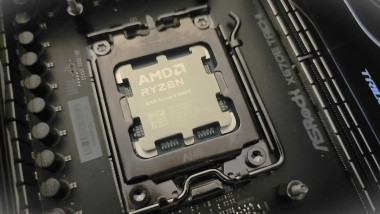AMD won't patch all chips affected by severe data theft vulnerability — Ryzen 3000, 2000, and 1000 will not get patched for 'Sinkclose'
Here we are - 3600 which was still under manufacture 2-3 years ago are not get patched. Shame on you AMD, if it is true.
